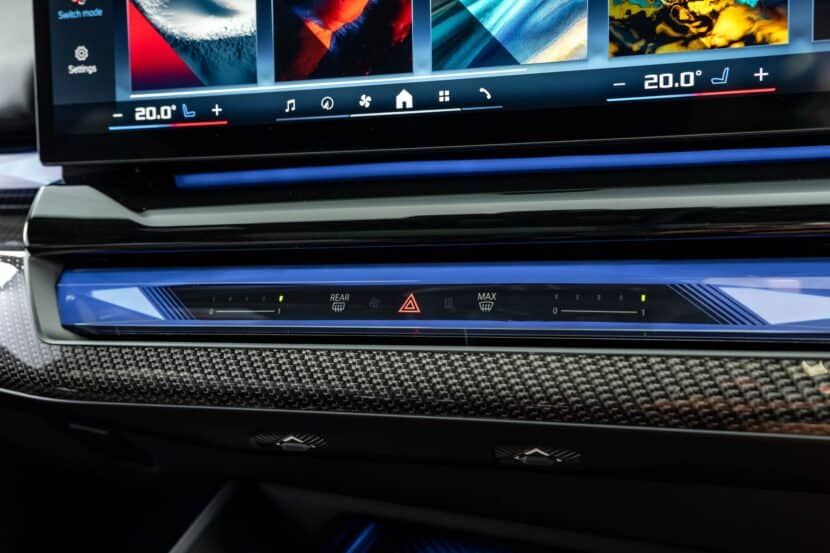The European New Car Assessment Program (Euro NCAP) plans to introduce new rules in January 2026 that will require new cars to have more physical controls to be eligible for the maximum five-star safety rating. This announcement comes after more and more automakers have abandoned physical controls in their vehicles and relocated the functions to ever-larger touchscreen infotainment screens.
Adjusting climate settings through a touchscreen is seen as less safe than simply twisting a knob or pressing a physical button because you can’t rely on muscle memory for it. In a car with physical climate controls, through use, you learn where the knobs and buttons are, and you don’t have to look away from the road to make adjustments—that’s not the case with touchscreens, which will often have you navigating through several menus to reach the desired function.
Some manufacturers, like Tesla, have taken this approach to the extreme and removed all physical stalks from behind the steering wheel. In the latest Tesla Model S, for instance, you even have to swipe on the screen to put the car into drive or reverse, and this will surely be penalized by Euro NCAP come January 2025. Matthew Avery, director of strategic development at Euro NCAP, told The Times that “the overuse of touchscreens is an industry-wide problem, with almost every vehicle-maker moving key controls onto central touchscreens, obliging drivers to take their eyes off the road and raising the risk of distraction crashes.”
BMW is no stranger to ditching buttons and moving functions to the screen. In many of its latest models, it no longer offers physical climate controls, and it instead forces you to access the climate menu if you want to do anything other than change the temperature. This has been slightly improved with the advent of iDrive 8.5, but it still isn’t better (or safer) than using physical controls.
For some of its smaller models (X1, X2, and 2 Series Active Tourer), BMW has also done away with the rotary control for the infotainment, so even navigating through the infotainment requires you to look away from the road and touch the screen. They get a physical volume control wheel and haptic buttons to move to the previous or next music track, but that’s about it.
Driving mode selection has also been changed in the latest BMWs, which no longer have the traditional rocker switch to go up or down through the available modes. Now you have a “My Modes” button that opens up a menu on the infotainment display, and you then have to select your desired mode by tapping the screen. The same approach has been implemented for the lights, and some of the larger, more luxurious models even have a seat menu button that opens up a menu with additional seat functions. This approach allows designers to create more elegant and minimalist interiors, but if it comes at the cost of usability and safety, the tradeoff doesn’t seem justified.
Some automakers, like Volkswagen, have already announced plans to bring back physical controls to some vehicles where they had been removed in the quest for minimalism (and cost-cutting). This new initiative by Euro NCAP will certainly spur others (BMW included) to do the same, since having the maximum safety rating from the organization is an important metric by which buyers on the Old Continent choose their next car.








































































